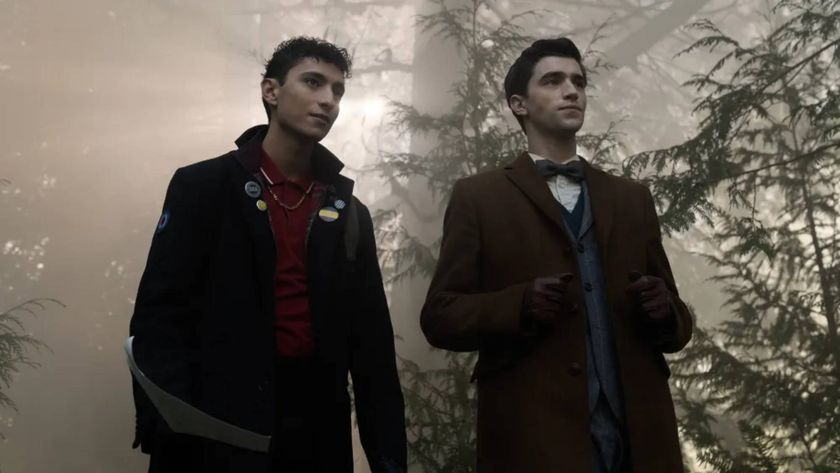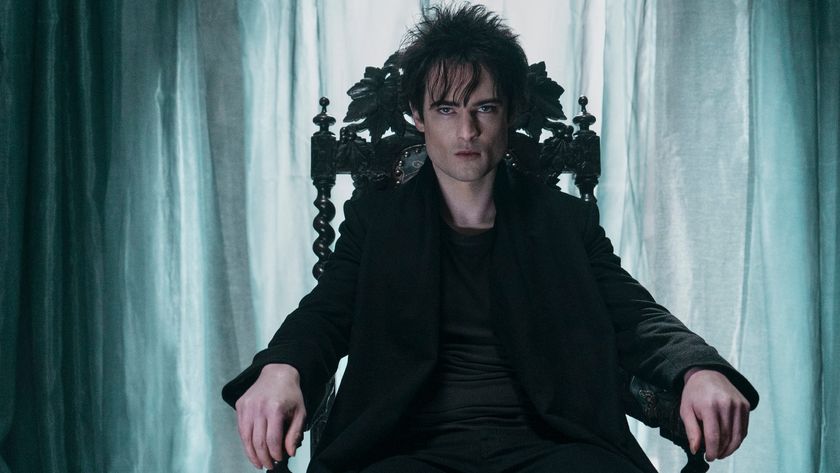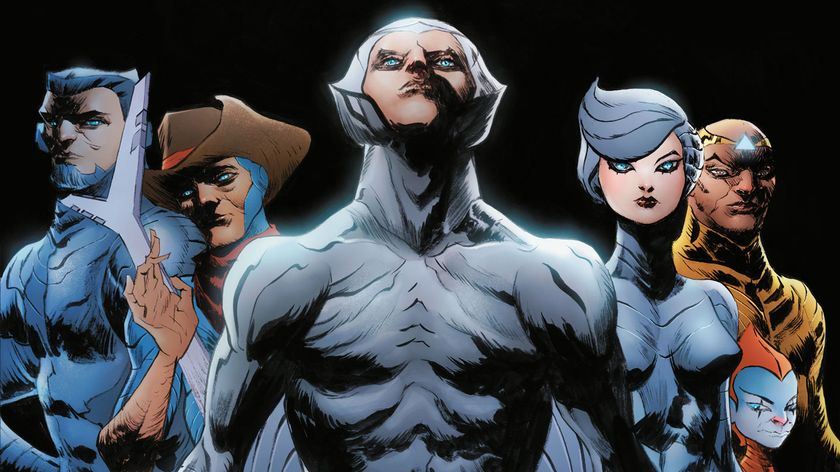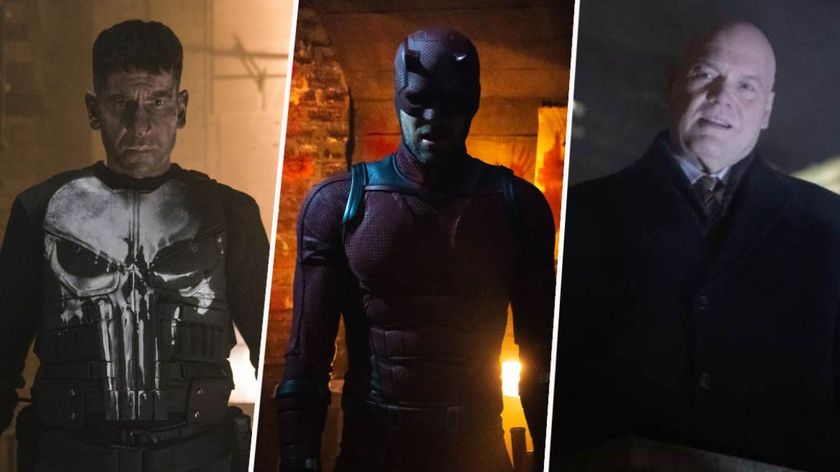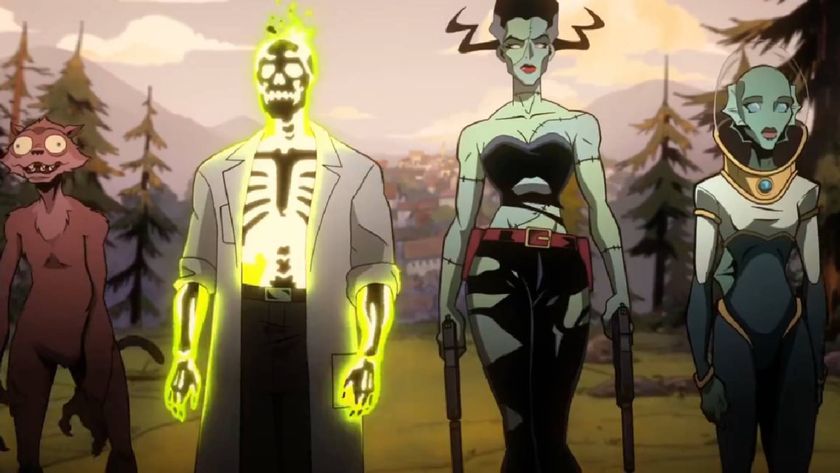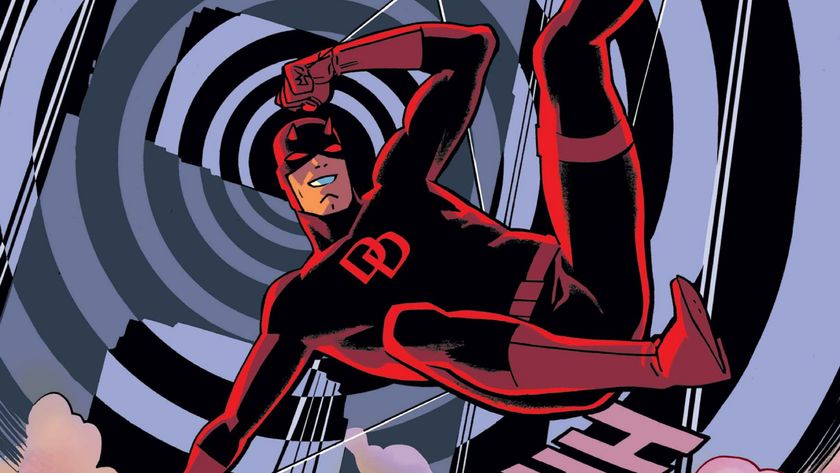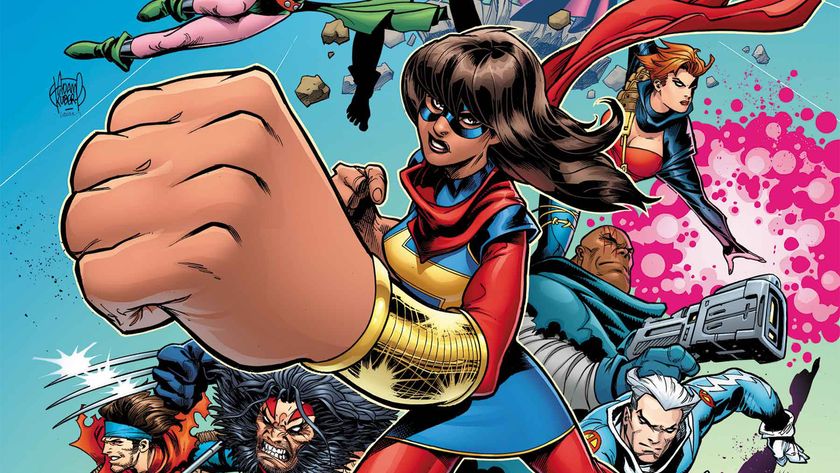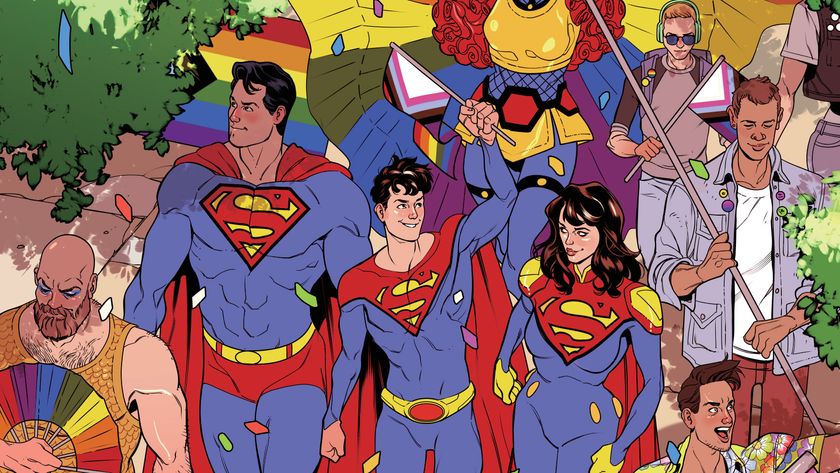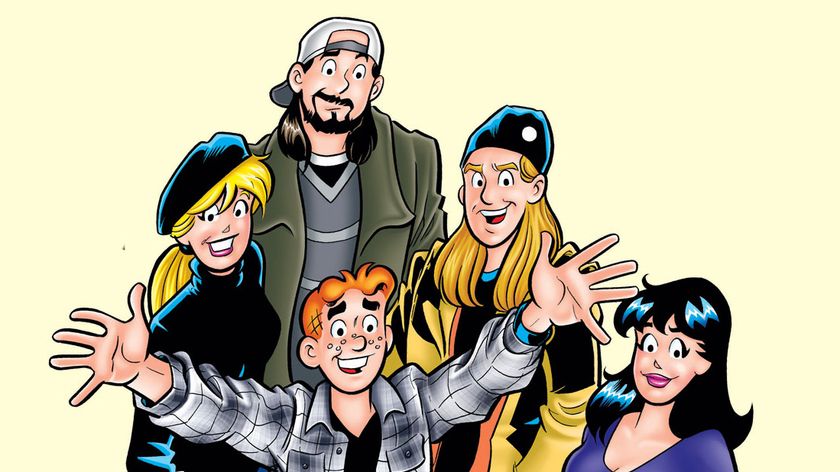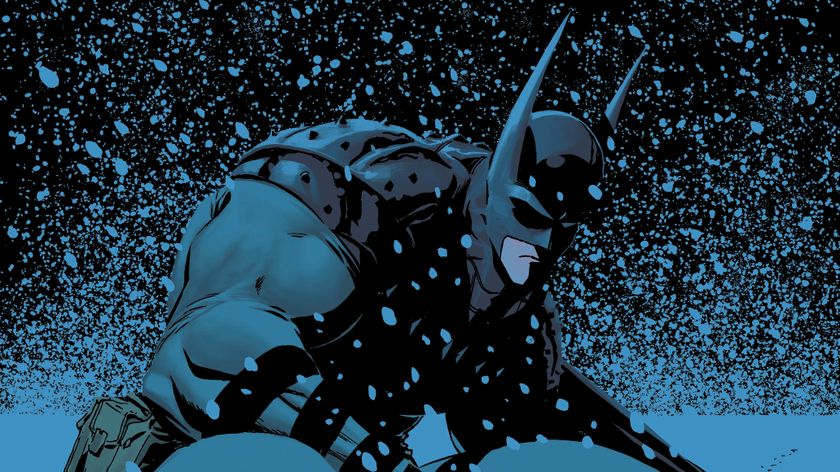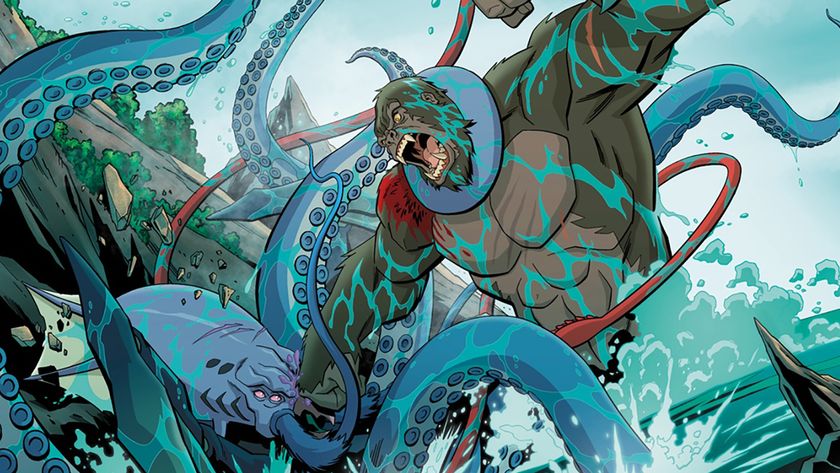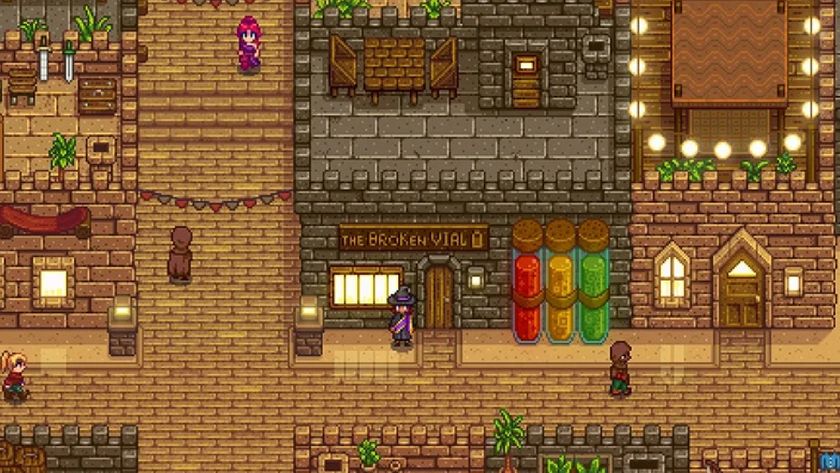Meet the Dead Boy Detectives: Inside the comic book origins of Netflix's brilliant new Sandman spin-off
As Charles and Edwin arrive on Netflix, we look back at the Dead Boy Detectives history in comics
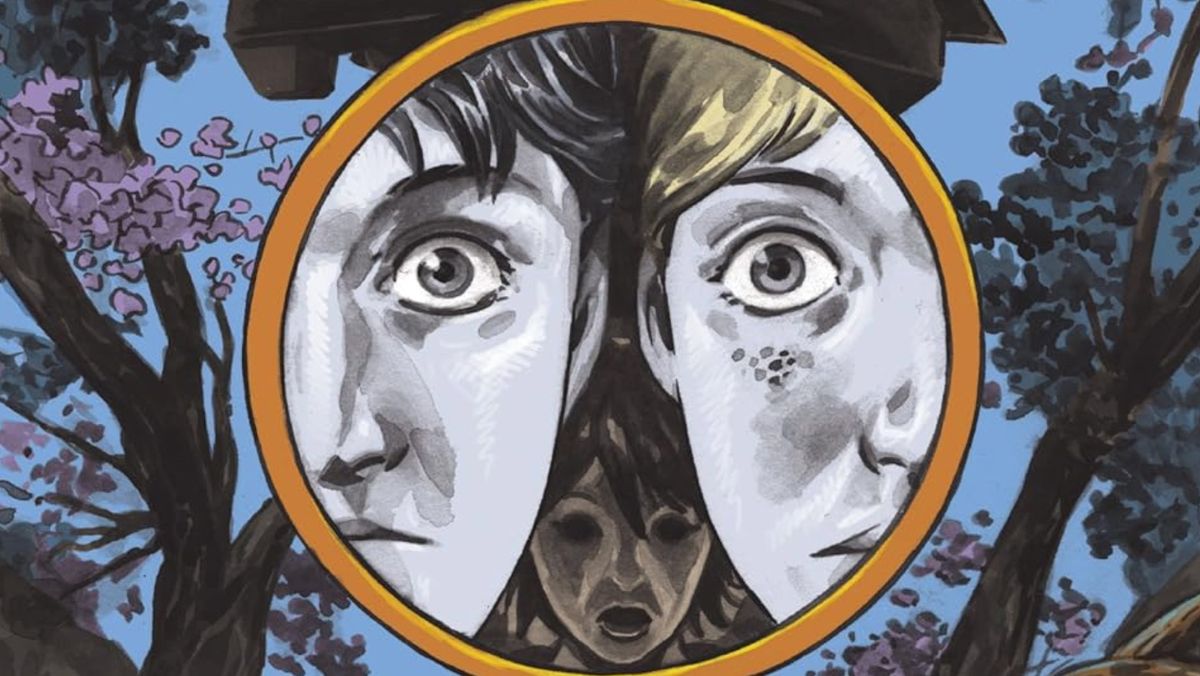
Netflix's new horror fantasy show Dead Boy Detectives has finally arrived - and as you can read in our review, we love it. A spin-off of the streamer's hit adaptation of The Sandman, it's a winning - and more than a little bizarre - adventure series that sees ghost boys Charles Rowland and Edwin Paine teaming up to solve mysteries with the help of friendly psychic Crystal Palace.
The Dead Boy Detectives have a long and intriguing history in comics, stretching right back to the '90s. Created by Neil Gaiman and Matt Wagner for 1991's The Sandman #25, they've continued to have a strange afterlife in comics, popping up every now and again for the odd one-shot or limited series, while never quite breaking through into the ranks of DC's better known occult heroes like John Constantine or Swamp Thing. Let's break that history down a little.
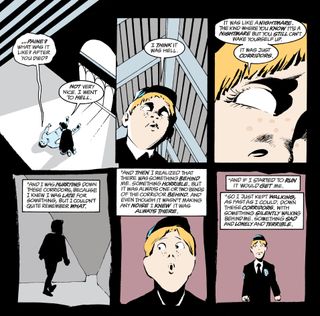
Charles and Edwin's first appearance is very different in tone to TV show, which is morbid, but also fast, colorful, and fun. The Sandman was frequently gloomy - there are good reasons why it was so beloved by the goth subculture in the '90s - but #25 is particularly dark with its tale of bullying and child murder. Still, even here there's a pitch-black sense of humor at work.
The issue follows Charles in his dying moments, alone except for the ghost of Edwin Paine, who died in 1914. Charles is just 13 in the comic, forced to spend Christmas at St Hilarion's School for Boys as his father has abandoned him and moved abroad (heartbreakingly, the ashamed Charles makes up a story about his dad being captured in the Gulf War to cover for his absence).
Unfortunately, this coincides with a rather large metaphysical shift in the universe. Lucifer has abandoned Hell and all the demons and spirits that resided there have been set free - and that includes the ghosts of the three boys that murdered the young Edwin Paine all those years ago, who immediately return to St Hilarion's and set about torturing Charles too. Wounded, he crawls up to the attic to die alone, except for the ghost of Edwin Paine who sits with him until Death naturally arrives to move him on to the afterlife.
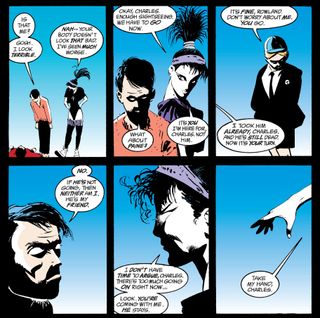
Rather than fleeing her, as in the show, Charles simply refuses to leave without Edwin. Death eventually agrees, noting that she'll come back for them both later when she's less busy (she's got her hands full with the whole Hell situation). In the meantime, the boys are free to start again and make a new afterlife together. It's an unexpectedly happy ending for an issue that is, until those final few pages, relentlessly bleak.
The Dead Boy Detectives made their next appearance in 1993 with the release of The Children's Crusade. This was a noble - if ultimately doomed - attempt by DC's now defunct mature reader's imprint Vertigo to create a comic crossover event, one that would incorporate characters from Animal Man, Doom Patrol, Black Orchid, Swamp Thing, and Books of Magic, with Charles and Edwin representing The Sandman.
Comic deals, prizes and latest news
Get the best comic news, insights, opinions, analysis and more!
Unfortunately, entertaining though it was, it was also a disjointed mess. As Neil Gaiman points out in his introduction to the trade paperback, "We [Vertigo] didn't do crossovers. Except for this one. And we didn't exactly do this one either," with important plot beats originally dished out to the various writers simply not appearing in the published issues.
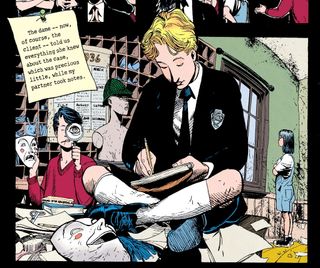
The Children's Crusade may be ramshackle, but one thing that it does land is the idea that Charles and Edwin go on to become teenage investigators, inspired by their love of detective and Boy's Own adventure stories. It also more clearly spells out that they're now in hiding from Death - as in the TV show - adopting a variety of disguises to avoid her attention.
The Children's Crusade was the last we saw of the Dead Boy Detectives for a few years, but they started to show up again and more frequently with the turn of the millennium. They cropped up in Vertigo's January 2000 Winter's Edge special and the following year in Sandman Presents: Dead Boy Detectives - a four-issue limited series from the quite remarkable creative team of writer Ed Brubaker and artist Bryan Talbot.
Jill Thompson gave the duo a manga makeover for 2003's graphic novel, Death: At Death's Door, which retells the events of Season of Mists from Death's perspective. Thompson returned to the characters with a dedicated graphic novel in 2005, simply titled The Dead Boy Detectives.
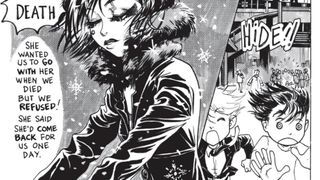
Since then the characters have continued to pop up here and there every couple of years. They've been in a flurry of one-shots and - in 2014 - starred in an ongoing series by Toby Litt, Mark Buckingham, and Gary Erskine. This is the series which introduces the character of Crystal to the gang but it sadly only ran for 12 issues.
Most recently Pornsak Pichetshote and Jeff Stokley revived the Dead Boys for a six-issue limited series under DC's The Sandman Universe umbrella. This marked another important milestone that the TV show would take and run with - in the final issue, Edwin begins to understand the strength of his romantic longings for Charles.
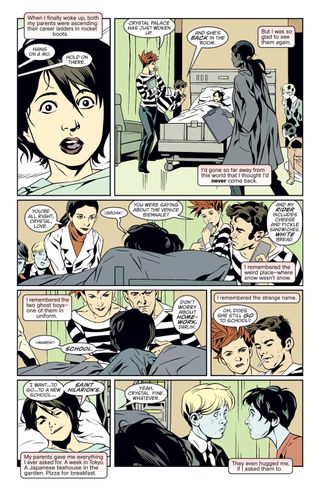
As we said at the top, the Dead Boy Detectives have never quite broken through into the ranks of DC's more successful occult heroes, but there's something perennially appealing about this duo, with their old-fashioned sensibilities often clashing with the horrors of the modern day and the cases that they choose to investigate. With the TV show set to bring them to a whole new audience perhaps their adventures are only just beginning...
Dead Boy Detectives is streaming now on Netflix. For more, check out our list of the best Netflix shows available to watch right now.

Will Salmon is the Comics Editor for GamesRadar/Newsarama. He has been writing about comics, film, TV, and music for more than 15 years, which is quite a long time if you stop and think about it. At Future he has previously launched scary movie magazine Horrorville, relaunched Comic Heroes, and has written for every issue of SFX magazine for over a decade. He sometimes feels very old, like Guy Pearce in Prometheus. His music writing has appeared in The Quietus, MOJO, Electronic Sound, Clash, and loads of other places and he runs the micro-label Modern Aviation, which puts out experimental music on cassette tape.
